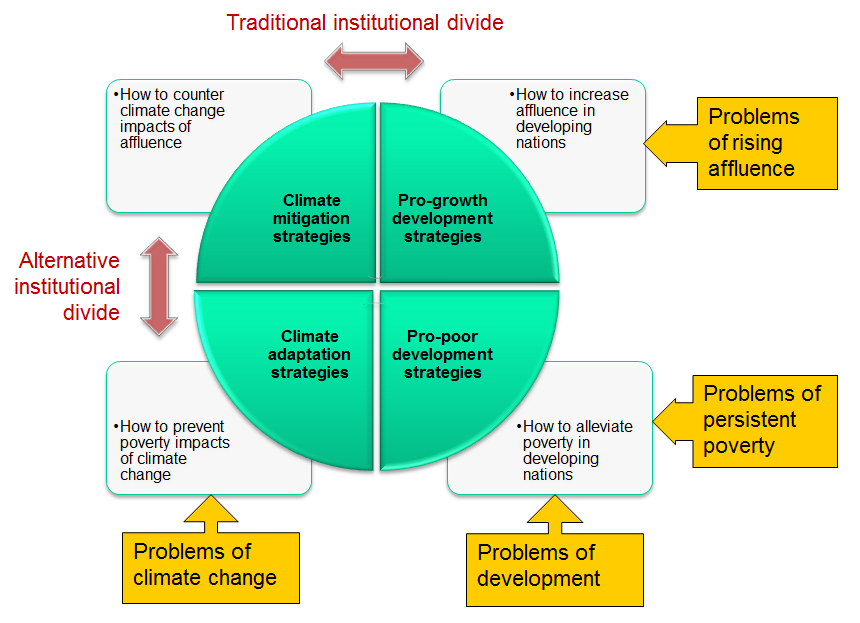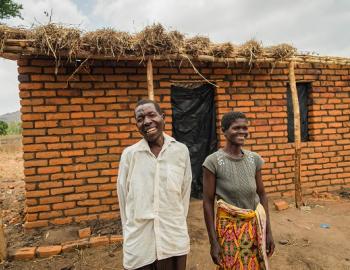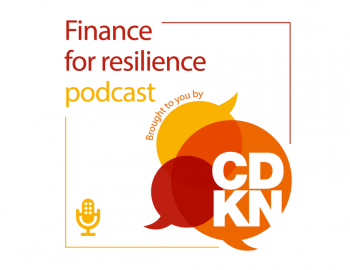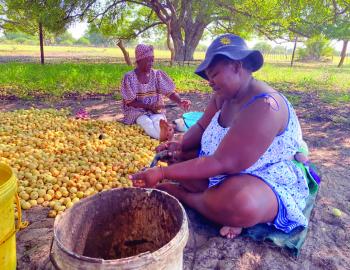Energy aid and climate compatible development strategies
Energy aid and climate compatible development strategies
Jos Bruggink is professor emeritus of the Institute for Environmental Studies (IVM) of the VU University Amsterdam and former head of the unit Policy Studies of the Energy research Centre of the Netherlands (ECN). In this blog, based on his recent research, he challenges the ‘triple-win’ approach to merging adaptation, mitigation and development in climate compatible development approaches.
The challenge of climate compatible development is often seen in terms of finding triple-win solutions that aim to further goals of development, mitigation and adaptation simultaneously. I believe that this triple-win vision tends to obscure rather than illuminate the crucial decisions policy makers face when shaping strategies to promote sustainable energy transitions in developing nations. Moreover, it hampers progress in international negotiations. The slow pace of international negotiations on development and climate change reflects the difficulties of aligning the growth interests of emerging, middle income economies with the mitigation ambitions of post-industrial donor nations to the detriment of the poverty and adaptation interests of least-developed nations.
Need to separate pro-growth from pro-poor development strategies
There is an obvious difference between pro-growth and pro-poor development strategies from an energy perspective. In pro-growth development strategies energy is primarily viewed as the engine of economic growth with a focus on industrial activities and the emerging middle class. In pro-poor development strategies energy is primarily viewed as a basic need of the poor with a focus on agricultural activities and the bottom of the income pyramid. The type of energy technologies and systems innovations required for pro-growth and pro-poor development strategies have therefore little in common and the same observation is valid for mitigation and adaptation strategies. Designing strategies that tackle mitigation, adaptation, pro-growth development and pro-poor development simultaneously is neither feasible nor desirable. There is a fundamental need to integrate targets of economic growth and mitigation on the one hand and basic needs and adaptation on the other hand, but these two integration challenges should be tackled separately.
Restructuring of energy aid architecture required
Climate change mitigation implies a growth-focused perception of development, while climate change adaptation implies a poverty-focused perception of development. Thus, the relationship between climate change and development looks distinctly different from the perspective of rising affluence (aggregate growth and mitigation) than from the perspective of persistent poverty (basic needs and adaptation). The traditional divide between solving problems of development and climate change should be replaced by an alternative divide between solving problems of rising affluence and solving problems of persistent poverty. This alternative vision should affect present energy aid architecture so as to allow a division of tasks and responsibilities that is in line with the requirements of effective international negotiation and coherent strategy design.
Alternative vision leads to focus of ODA funds on problems of persistent poverty
Shifting existing energy aid towards targeting energy access and adaptation problems with emphasis on resilient livelihoods would also be facing a much less daunting problem of fund mobilization than targeting economic growth and mitigation at the same time. We live in times of accelerating climate change that may dramatically affect poverty dynamics. Poverty policies used to be focussed primarily on lifting people up the income ladder, but unfortunately they will have to focus increasingly on preventing people from falling down the income ladder. Given this harsh reality it may be wise to admit that solving problems of rising affluence should increasingly be based on other funding modalities such as global taxation and carbon market revenues, rather than on ODA aid.
This blog is based on the report “Energy Aid in times of Climate Change – Designing Climate Compatible Development Strategies” published on behalf of the RENEW IS-Academy, a collaborative research programme on energy access and development cooperation in Eastern Africa of the Dutch Ministry of Foreign Affairs, the VU University Amsterdam and ECN. The report can be downloaded here.
We occasionally invite bloggers from around the world to provide their experiences and views. The views expressed here are those of the author, and not necessarily those of CDKN.
Image: Solar panel on used for lighting village homes. Sri Lanka. Photo: © Dominic Sansoni / World Bank




